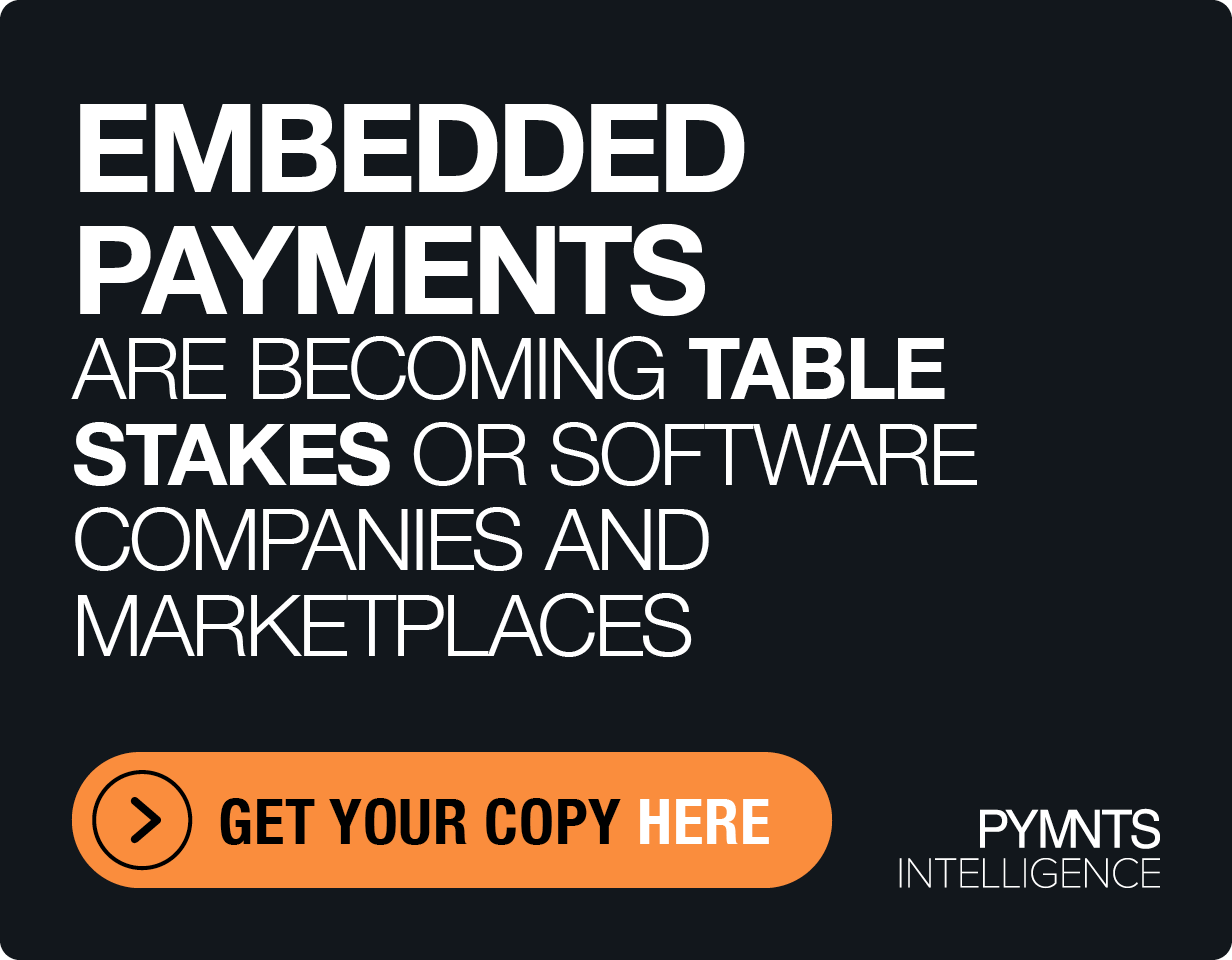Private/Public Partnerships Could Boost Central Bank Digital Currencies

The movement toward digital currencies may be a bit of an arms race of sorts, for now. But the question arises: Once they’ve been created and backed by central banks, what do you do with them once you have them?
As noted in this space last week, about 80 percent of 66 central banks queried by the Bank of International Settlements (BIS) are working on central bank digital currencies (CBDC).
And there may be a pivot toward private-public partnerships to help move those initiatives forward. CoinDesk reported that Tommaso Mancini-Griffoli, deputy division chief in the Monetary and Capital Markets Department at the International Monetary Fund (IMF), has said that such partnerships would help spur innovation in retail payments. He pointed to the concept of synthetic central bank digital currencies (CBDC). In that case, these would be digital forms of currency backed by central banks, but issued in part through the efforts of a private firm.
As reported, Mancini-Griffoli said that traditional concepts of the CBDC (backed and issued by the central bank) would be “costly.”
The synthetic offering would be created as a stablecoin for public use, which in turn is backed by central bank reserves. The private entity, according to CoinDesk, would likely be a licensed eMoney provider.
In this case, with a focus on the retail side of commerce, we contend that the public/private partnerships would be focused on a form of electronic money that would be convertible into, and stored as, units of value. The funds would travel over rails commonly used by banks. And the introduction of private firms into the mix (in one example reported last week, Visa has filed for a patent to help convert fiat into digital currencies via blockchain) may be shot across the bow against crypto upstarts.
Bitcoin and other cryptocurrencies are touted by at least some observers as replacements of traditional currencies, due to their decentralized nature.
Back in 2018, the BIS’ Committee on Payments and Market Infrastructures detailed that, beyond the general-purpose use cases – i.e., widely accessible – lies a wholesale payment variant. “The wholesale variant would limit access to a predefined group of users,” according to the BIS. In the case of wholesale payments, CBDC, combined with the use of distributed ledger technology, “may enhance settlement efficiency” of these types of payments, which would include large-value and high-priority transactions, such as interbank transfers. In other words, funds would settle more quickly at banks, which in turn hold reserve deposits with central banks.
Then there’s the option to establish “digital dollars” that would, as noted in proposals earlier this year in tandem with stimulus bills, be issued through FedAccounts and established for every recipient. In April, as PYMNTS reported, direct funding could find its way into these accounts, and would be faster than the system that currently exists through accounts on record.
For digital dollars, it seems, there are several paths to take toward replacing at least some processes that stretch back decades (and even centuries).
